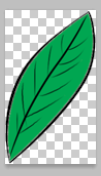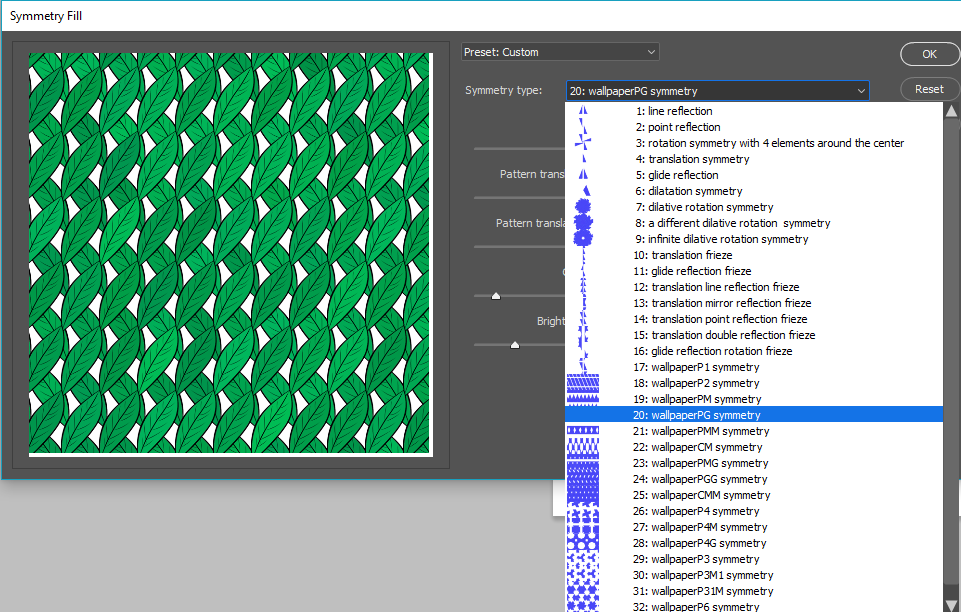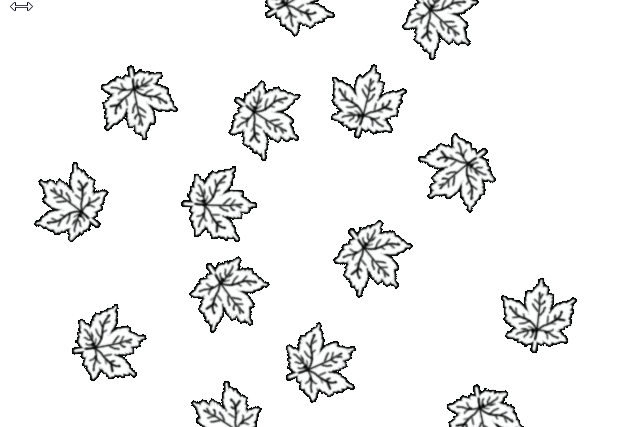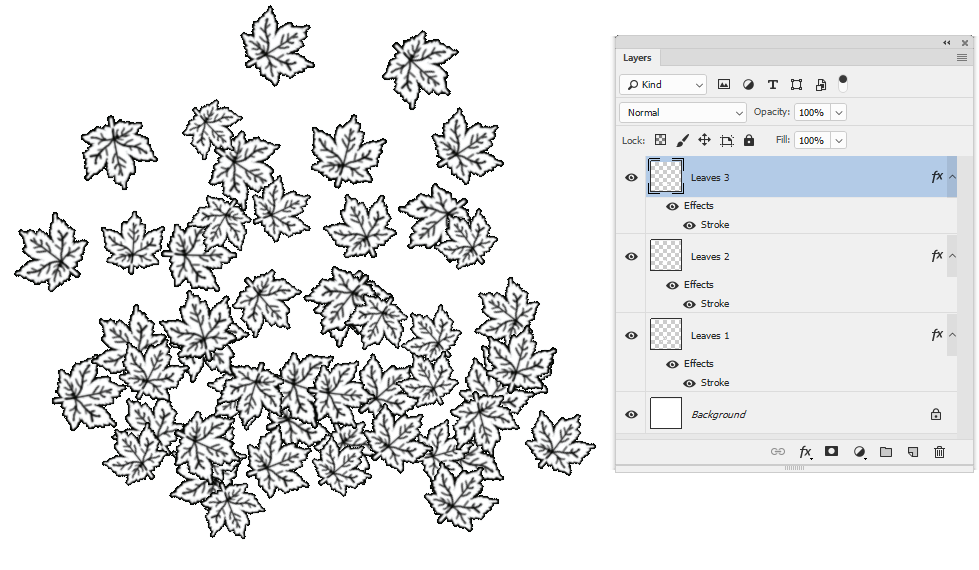- Inicio
- Photoshop ecosystem
- Hilos de conversación
- Re: Can I do this with a custom brush?
- Re: Can I do this with a custom brush?
Can I do this with a custom brush?
Copiar vínculo al Portapapeles
Copiado
What I want to do is to draw a number of leaf shapes, using size and angle jitter. I want to make the leaf shapes look as if they have been drawn with a narrow point pen using black ink, so just the ink is just on the edges of the leaves not filling them in with solid black. I have made a custom brush to do this and it works just fine.
But what I also want to do is to be able to brush more leaves on top of the leaves I have just painted. If I do this as is the leaves underneath show through the leaves above because the centres of the leaves are transparent. This means that there will be many lines close together and it makes the whole area look very dark.
So what I would really like is to be able to create leaves that have a black edge and an opaque white centre. I've tried to think of a way of doing this but haven't come up with anything yet. I would be grateful for any useful ideas, thanks.
Examinar y buscar tutoriales y artículos relacionados
Copiar vínculo al Portapapeles
Copiado
You could make two brushes for the leaf, one a filled solid, and one with just the outline. Put a Path where you want your leaves, and stroke the path twice, first with the 'solid' brush in the desired color of your leaf, and then with the 'hollow' brush in black. For both, set the Brush angle jitter to 'Direction'. You can move the Path around and change the size and/or color of the brush between set of strokes, to give some variation.

Unfortunately, a numeric Jitter value won't change the size and rotation the same for both strokes , so that has to be set to zero.
Copiar vínculo al Portapapeles
Copiado
Photoshop Brushes are at current »one color» and that’s that; one cannot paint with a brush tip that applies two colors to two regions simultaneously so far.
Conclusions, recommendations:
• You may want to do this in Illustrator (Scatter Brush).
• Have you looked as Scripted Patterns yet?
Copiar vínculo al Portapapeles
Copiado
This might get you started.
Make your leaf, and define it as a Pattern. You need the transparent surround.

Edit > Fill
Set Contents: to Pattern
Select your leaf pattern
Check Script and chose Random Fill from the drop down.

OK that which takes you to this panel. Density makes a lot of difference. Color Randomness messes it up IMHO.


There are some other interesting fill scripts, and if you use the drop down, you might be overwhelmed with choice!

Copiar vínculo al Portapapeles
Copiado
Just a thought, but our davescm knows some cool tricks with Brush Symmetry, and might have some ideas.

Copiar vínculo al Portapapeles
Copiado
Hi
One way would be to make a brush from the solid centre (rather than the outline)

Then set an empty layer and set layer styles to give a black stroke on the outside

Then paint on the layer with the brush set to white. That way you are only painting the solid centres - the layer style will add the black strokes. Don't allow the leaves to overlap on that layer

You can build up additional layers with the same layer style to get the effect of overlapping leaves

I hope that helps
Dave
Copiar vínculo al Portapapeles
Copiado
That's nicely thought out Dave.
I do agree about the limited angle control in the random script. Rotate Pattern is either on or off, whereas other criteria (size, brightness and colour) have controllable jitter. Chuck has some relevant contacts, like Radomir Mech (rmech ) who did the render trees script. I expect he could tell us if angle jitter is doable in the 'Random' scripted pattern fill?
Copiar vínculo al Portapapeles
Copiado
The jitter can be controlled, but you might have to modify the script, which may not be easy for someone without scripting knowledge.
Copiar vínculo al Portapapeles
Copiado
The thing I find lacking in the Random Fill dialog is the lack of a control for the amount of randomness. It's great for leaves blowing around in the wind, but less so for leaves hanging from a branch, where you'd just want a slight variation.
You know, we have multi-colored type now. Maybe multi-colored brushes will show up, too.
Copiar vínculo al Portapapeles
Copiado
leaves hanging from a branch
Did you try using »Place Along Path« for the Pattern Fill?
Encuentra más inspiración, eventos y recursos en la nueva comunidad de Adobe
Explorar ahora

